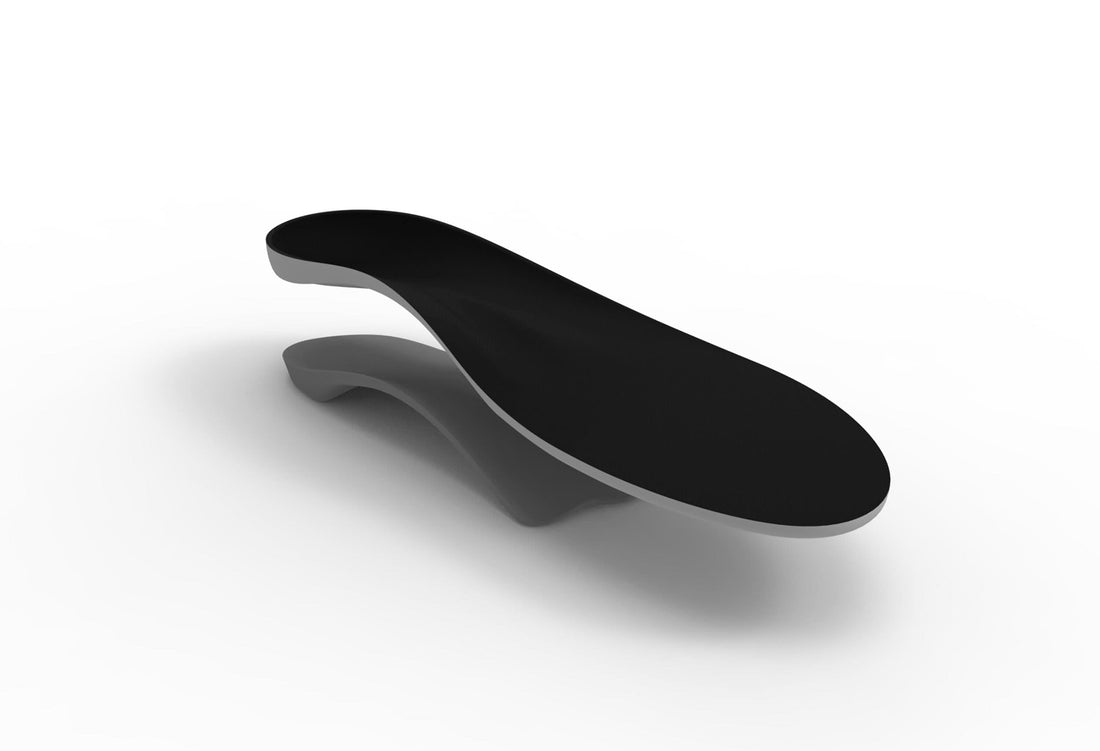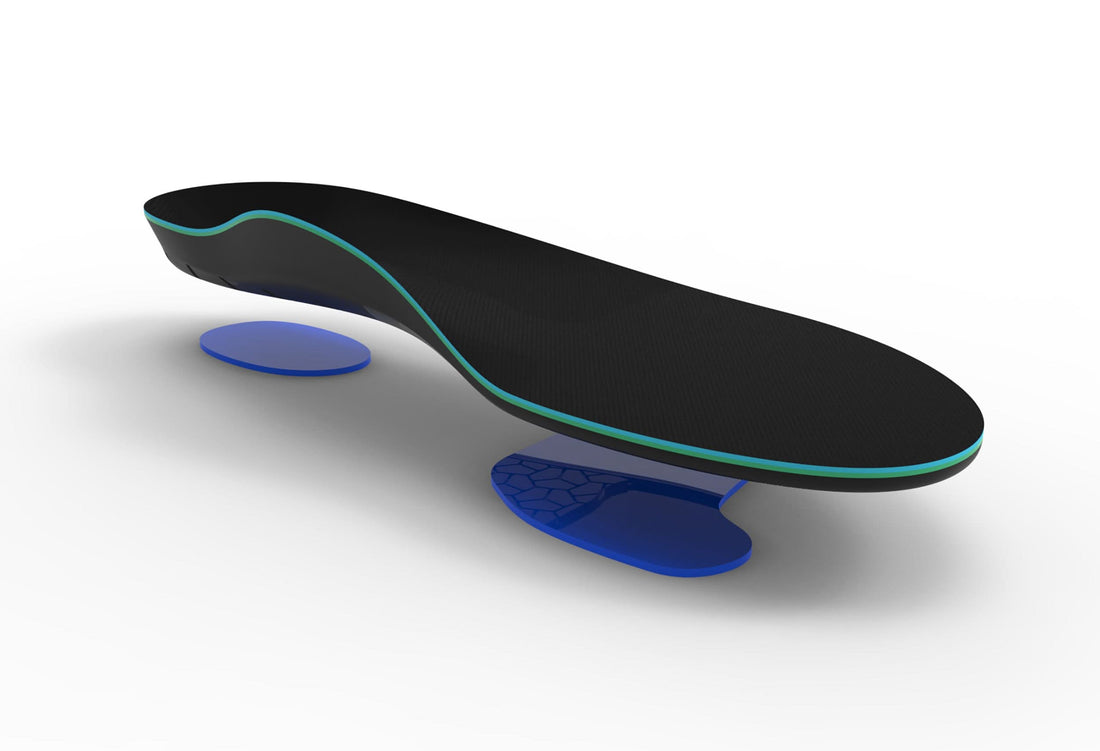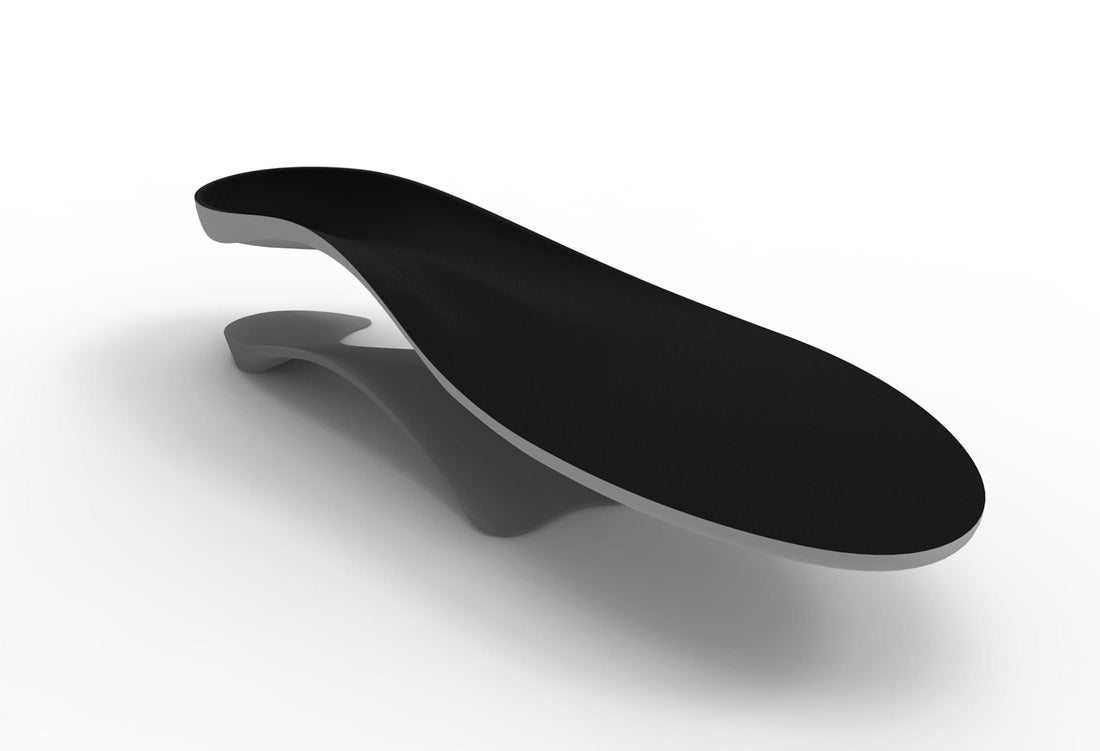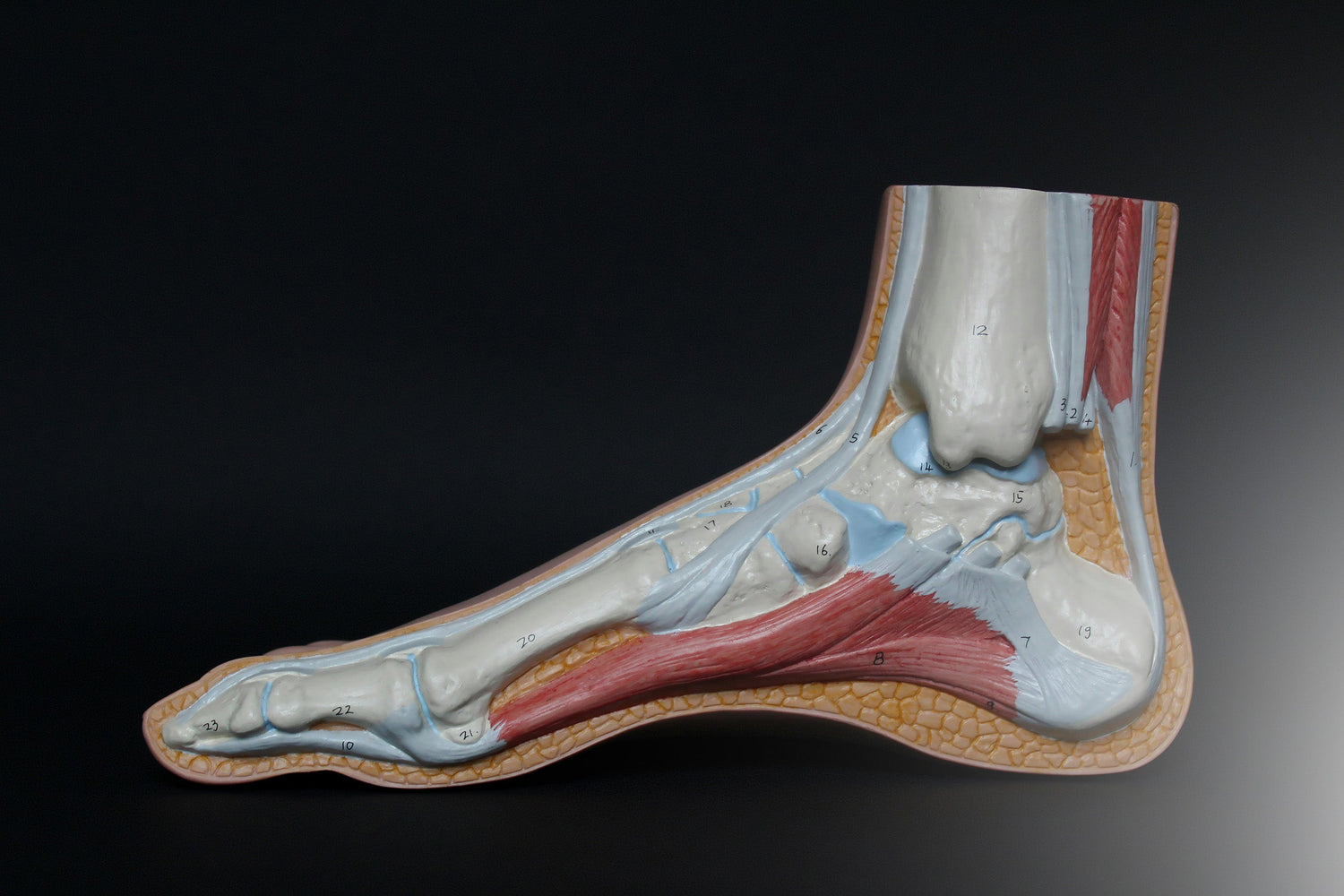A Bunionette or Tailor’s Bunion, refers to a prominent bone on the outside of the forefoot. It was once referred to as a Tailor’s Bunion due to prevalence among Tailors who used to sit cross legged all day, increasing the localised pressure on the fifth toe. In more recent days, Tailor’s bunions are more common among those genetically predisposed, or those with a long history of ill fitting footwear & repetitive trauma.
Cause
There is no one definitive cause for a bunionette, although there are a number of risk factors which have been identified among sufferers.
- Family tendency (genetically predisposed)
- Excess pressures (tight footwear, high heels, occupation)
- Repetitive trauma
- Mechanical abnormalities (gait problems, anatomy abnormalities)
Symptoms
- Prominent bone over the fifth metatarsal
- Often painful to touch or in tight footwear
- Swelling over the bony prominence
Diagnosis
A clinical diagnosis is checked against X-rays to either confirm the bunionette or eliminate other potential causes of the pain (fracture, dislocation, arthritis).
Treatment
Treatment is based around pain relief and education regarding slowing the progression and preventing discomfort as much as possible. If the Bunionette is unable to be treated conservatively it may require surgical removal (bunionectomy) .
To minimise pain and discomfort your practitioner may suggest the following;
- Pain relief medication
- Footwear advice/suggestions. Footwear may require modifications (stretching)
- An Interpod orthotic to offload the area and redistribute loads in order to provide relief from discomfort
- Cushioned padding may be applied to the area.
Prevention
If you suspect a bunionette or have other members of your family with the condition, ensure footwear has suitable width and depth at the toes and avoid excessive use of high heels.
References
Menz, H. (2008). Foot problems in older people. Assessment and Management. Churchill and Livingston, Chapter 8.








